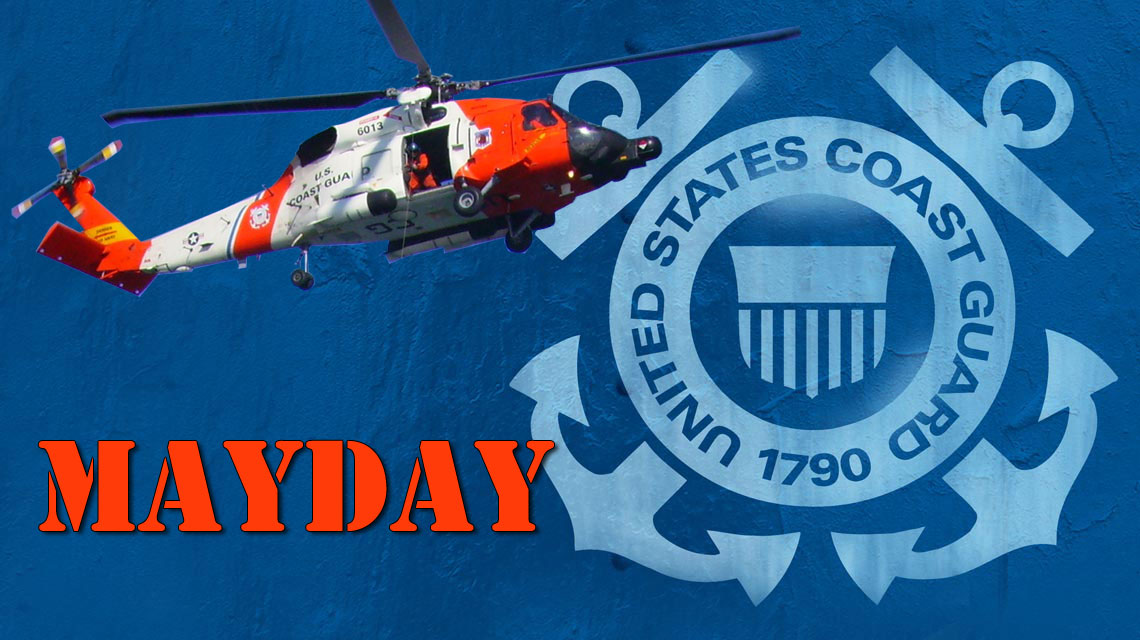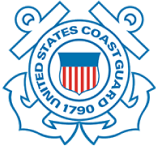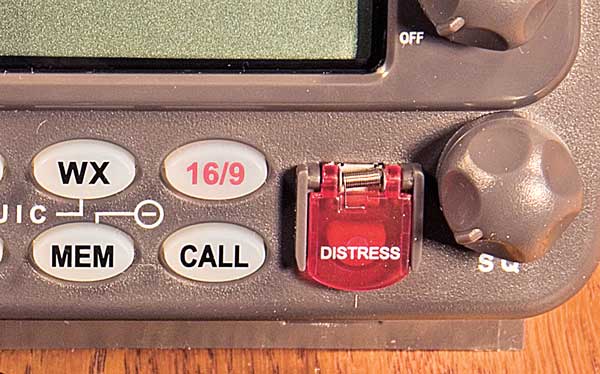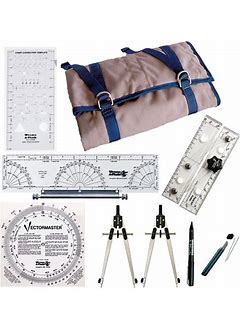1-800-832-7191
General Sailing Safety
March 19, 2025

Sailing in Long Island Sound is a fantastic experience, but safety should always come first. Here are some general sailing safety guidelines to help ensure a safe and enjoyable journey:
Weather Awareness
- Check forecasts regularly: Weather conditions on Long Island Sound can change rapidly, so staying informed is crucial.
- Know the signs: Familiarize yourself with indicators of sudden storms or fog, such as temperature drops or cloud formations.
- Emergency plans: Always have a contingency plan in case weather turns bad while you’re on the water.
Navigation and Charting
- Study the area’s waters: The Sound has numerous shoals, sandbars, and rocky areas that can pose risks to sailors.
- Use updated charts: Electronic navigation tools are helpful, but paper charts are a reliable backup.
- Keep an eye on tides: Tidal shifts can affect depth and current strength, so timing your sailing to tides is important.
Boating Equipment
- Safety gear: Ensure life jackets, flares, fire extinguishers, and first aid kits are aboard and in good condition.
- Communication devices: A VHF radio is essential for emergencies; cell phones can’t always be relied upon.
- Functional checks: Inspect your vessel’s engine, sails, and other critical components before heading out.
Rules and Regulations
- Understand local laws: Familiarize yourself with boating regulations specific to Connecticut and New York waters, which cover much of the Sound.
- Right-of-way rules: Practice good seamanship by understanding who has the right of way in different situations.
Environmental Considerations
- Avoid sensitive areas: Protect marine life and ecosystems by steering clear of protected zones.
- Dispose of waste properly: Never dump trash or fuel into the Sound.
- Be cautious of marine traffic: The Sound is a busy waterway, with ferries, fishing boats, and other vessels requiring navigation attention.
Communication of Plans
- Share your plans: Inform someone onshore about your route and expected return time.
- Know the marinas: Make note of nearby harbors or marinas in case you need to dock unexpectedly.
Training and Preparedness
- Take a boating safety course: Knowing how to handle emergencies, read nautical charts, and operate your boat can be life-saving.
- Drill emergency scenarios: Practicing “man overboard” procedures or fire response can prevent panic during real situations.
Sailing in Long Island Sound is rewarding, but preparation is your best ally for a safe experience. If you’d like to delve deeper into any specific aspect, let us know! We encourage you to look into more educational resources such as Learn To Sail – Education – US Sailing and please visit The Helm anytime for loads of boating materials!



